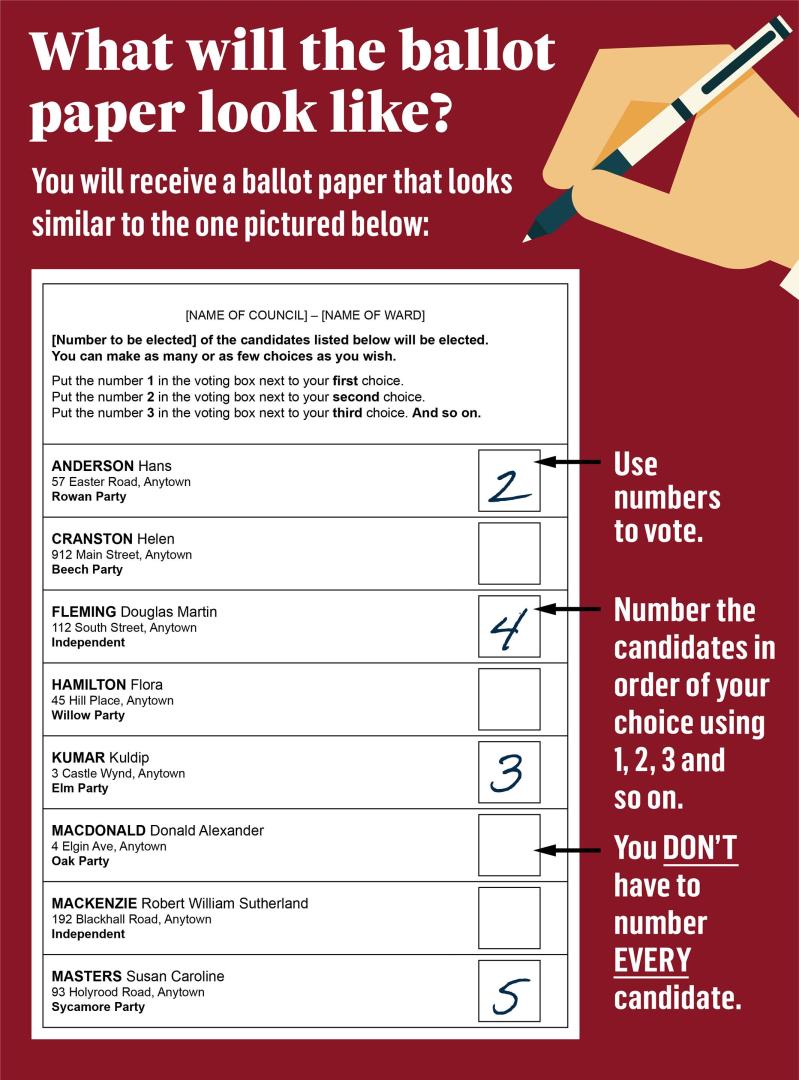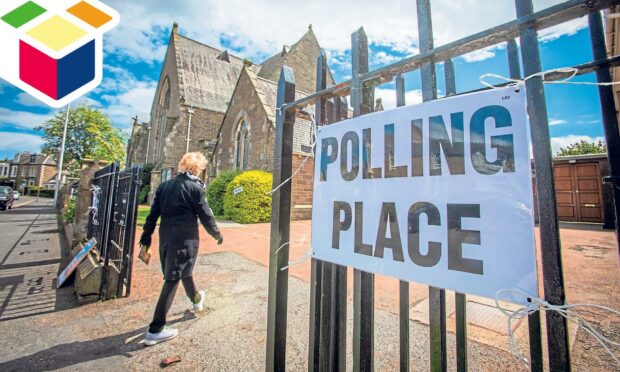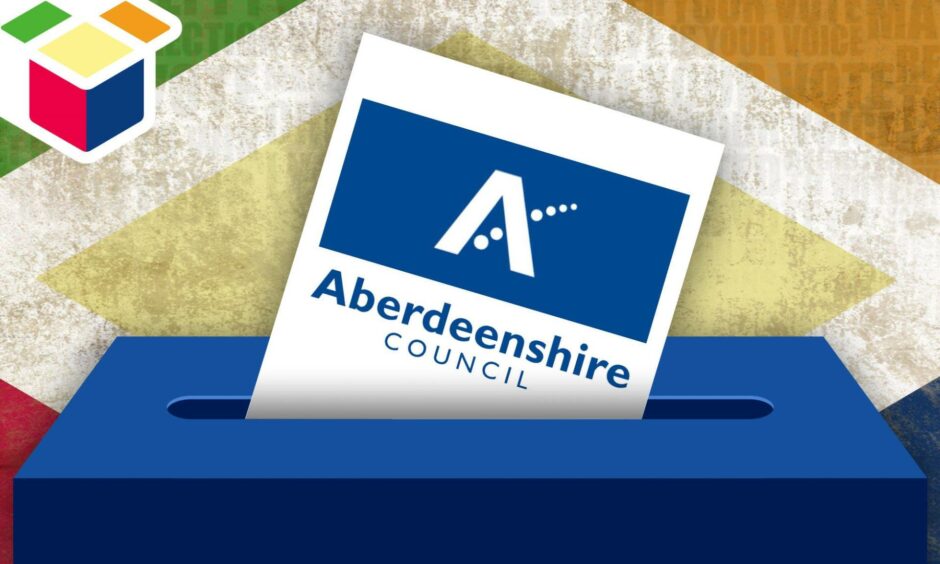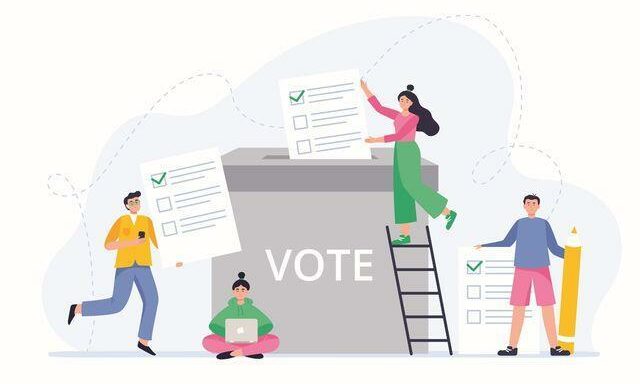After weeks of campaigning and colourful leaflets slipping through everyone’s post boxes, the big day to cast your votes for local government has come.
Hundreds of people across Scotland are expected to head to the nearest polling station today to have their say on who should represent their interests in the next four years.
With a total of 489 hopefuls fighting for a place in local authorities, residents in the north and north-east have quite the lengthy list of candidates – and promises – to pick from.
And as if that wasn’t enough pressure, you most likely have also been faced with the push to “choose wisely” as the decisions you make today will shape our future for generations.
But what exactly are we voting for, why is it all that important to do it and how can we cast our ballots?
In case you were wondering what the answer is to any of these questions, here is everything you need to know about the local elections in the north of Scotland.
What am I voting for?
Today’s elections give residents a chance to directly pick who from the standing candidates will form their local authority and represent their views on a council level.
There are six local authorities in north Scotland, all of which are divided into a number of wards. A total of three or four councillors will be elected for each of the wards.
While 489 people have put their names forward to fight for residents’ votes in this year’s elections, only 256 will be chosen as the different regions’ council members.
In the north-east, there are 45 seats available in Aberdeen, 70 in Aberdeenshire and 26 in Moray.
Meanwhile, candidates in the north will be hoping to grab one of the 71 places in the Highlands. There are also 21 seats in Orkney and 23 in Shetland.
Why should I vote?
Essentially, every vote plays a core part in choosing the ideal people to be in charge of how public money is spent on a wide range of public services until 2026.
These include education, social care, transport, housing and planning and waste management, among others.
Almost every candidate, of course, is standing on behalf of a political party, which has released a so-called “manifesto” ahead of the elections – or in other words, a list of promises and issues they will aim to tackle in the next few years.
There are some, however, who are standing as independents, relying solely on their own individual reputation, priorities and promises.
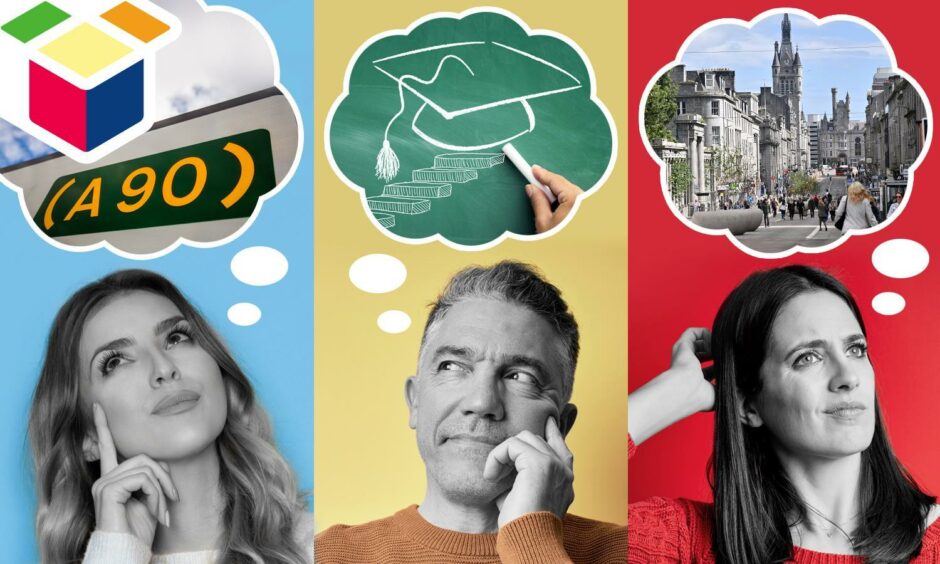
With all politicians striving to make the most eye-catching pledges, this can be a rather daunting moment for someone who is about to make “a choice for future generations”.
And undoubtedly, many might be a bit undecided on who they should place their faith in to represent them.
But in an effort to help settle such worries, reporters at The P&J have put together a breakdown of all the current council election manifestos and what they mean:
- What are the main political parties in the Highlands promising?
- Your guide to what council election manifestos say about the north-east’s biggest issues
- What are the main parties in Moray promising?
How can I vote today?
To vote in the local elections, you need to have registered to do so before April 28 and be aged over 16. You must also be a British or Irish citizen, or a foreign national living in Scotland.
There are two ways you can vote today – at a polling station or by a proxy.
Voting at a polling station:
Voting in person usually takes place in local schools, churches and leisure centres, where you will be given a ballot paper on your arrival.
People can find their nearest station on their poll cards, which they should have received prior to the elections day, or on the Scottish Government’s website.
The stations will be open between 7am and 10pm today – but as long as you are in the queue at 10pm, you are within your right to cast your vote.
Voting by a proxy:
People who don’t want to go to a polling station to cast their vote are allowed to apply to do so by a proxy – meaning somebody else can go and fill the ballot on your behalf.
Generally, an application form for this option should have been sent to your local electoral registration office by 5pm on April 26.
However, in an emergency where you have initially declared a wish to vote in person, but cannot go to the polling place, you can apply for a proxy until 5pm today.
How do I fill a ballot?
For this election, people need to vote using numbers. Your ballot paper will list all the
candidates standing to be councillors in your ward.
You will be asked to number the candidates in order of your choice using 1, 2, 3 and so on. However, you can make as many or as few choices as you wish and you don’t have to number every candidate.
And if you make a mistake on your ballot paper, you can ask for a new one.
